What are the causes and handling methods of the tripping of the electrical protection of the generator?
When we use a generator, we may encounter the phenomenon of tripping due to the action of electrical protection. This is a relatively common phenomenon in the use of generators. It is very necessary for the personnel who use and maintain the generator to understand the reasons for the tripping and the handling methods.

I. Reasons
1. Transient overvoltage:
- Definition: Transient overvoltage refers to the phenomenon in the power system that the system voltage rises sharply in a short time due to reasons such as short circuits, arc grounding, switching operations, or lightning strikes.
- Influence: Transient overvoltage poses a serious threat to the insulation system of the generator. It may cause the insulation of the windings to break down, and then trigger inter-turn short circuits or inter-phase short circuits. In addition, transient overvoltage will also increase the internal heat loss of the generator, resulting in excessive temperature rise, and may ultimately trigger the tripping of the electrical protection.
2. Overcurrent:
- Definition: Overcurrent refers to the phenomenon that the power supply current of the generator exceeds its rated value.
- Reasons: Sudden changes in load, short-circuit faults, or a drop in system voltage, etc., may all lead to the occurrence of overcurrent in the generator.
- Influence: Prolonged overcurrent will cause the windings of the generator to overheat, accelerate the aging of the insulation, and may even lead to the burning of the windings in severe cases. At the same time, overcurrent may also cause an increase in the vibration and noise of the generator, affecting the stable operation of the equipment.
3. Voltage drop:
- Definition: A voltage drop refers to the phenomenon that the voltage level in the power system is lower than the normal value.
- Reasons: An increase in system load, an increase in line impedance, a lack of reactive power, etc., may all lead to a voltage drop.
- Influence: A voltage drop will affect the output power and efficiency of the generator. At the same time, it may cause the excitation system of the generator to become unstable, and then trigger the tripping of the electrical protection.
II. Phenomena
1. Tripping of the main switch of the generator:
- The tripping of the main switch of the generator is a direct manifestation of the action of the electrical protection, indicating that the generator has been disconnected from the system.
2. Tripping of the excitation system switch:
- The tripping of the excitation system switch usually occurs along with the tripping of the main switch of the generator, which shows that the generator has lost the exciting current and cannot maintain normal operation.
3. Abnormal indications of the meters:
- The indications of the meters such as the stator current, active and reactive power, voltage, and frequency of the generator will quickly drop to zero or close to zero.
4. Protection action alarm:
- The electrical protection device will send out corresponding audible and visual alarm signals to indicate the type and location of the protection action.
5. External symptoms:
- There may be external symptoms such as system impacts, abnormal sounds of the generator, increased vibration, smoking, or fire.
III. Handling Methods
1. Check and confirm the tripping situation:
- Immediately check whether all the meters of the generator have returned to zero, and whether the main switch and the excitation switch of the generator have tripped, and confirm that the generator has been safely disconnected.
2. Restore the power supply of the station service system:
- Check whether the fast transfer device of the station service system has operated successfully. If it has not operated or tripped after operation, try to close it forcefully once. If the forced closing fails, do not try to close it again, and immediately take measures to restore the power supply of the station service system.
3. Check and deal with the fault:
- According to the tripping cause and the on-site situation, check and measure the generator and the generator-transformer unit system to determine the nature and scope of the fault. - Take corresponding handling measures, such as isolating the fault point, restoring the insulation, replacing the damaged components, etc.
4. Restore the operation of the equipment:
- After confirming that the fault has been eliminated and the system is stable, gradually restore the operation of the generator. Pay attention to checking the operation status of the excitation system, speed regulation system, etc., to ensure the stable operation of the generator.
For more generator product manuals, you can refer to other articles on the website.
Statement: The articles on the website are either originally created by Jlmech company (https://www.whjlmech.com) or reprinted from other self-media. When quoting or reprinting the content of this article, please indicate the source!
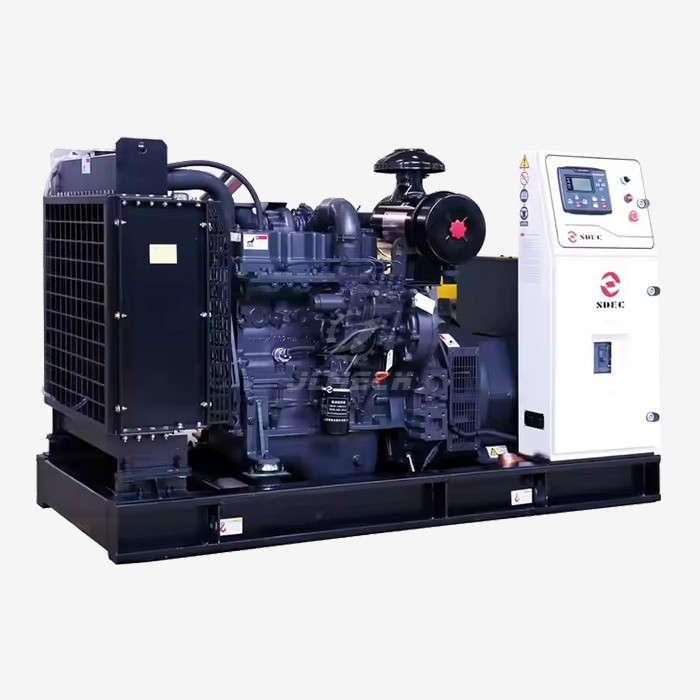 VIEW MORECustomized 80KW diesel generator
VIEW MORECustomized 80KW diesel generator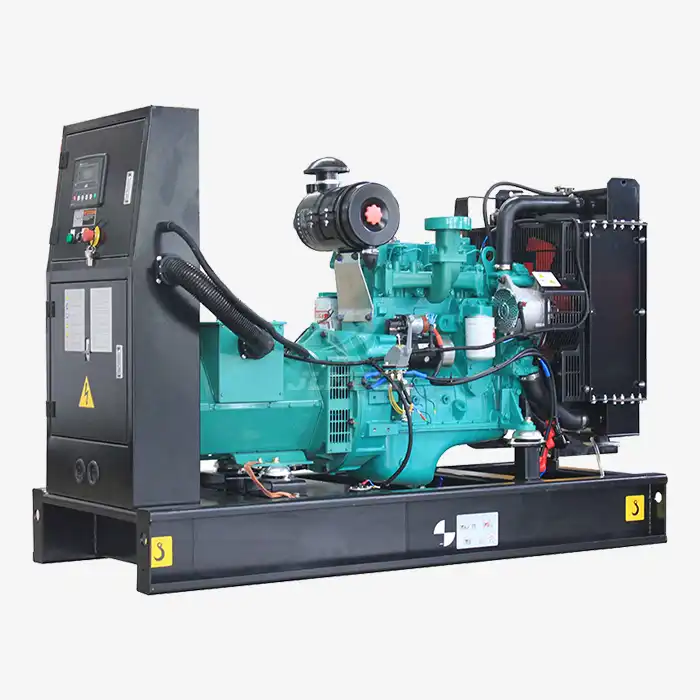 VIEW MOREATS Options Diesel Generator Set
VIEW MOREATS Options Diesel Generator Set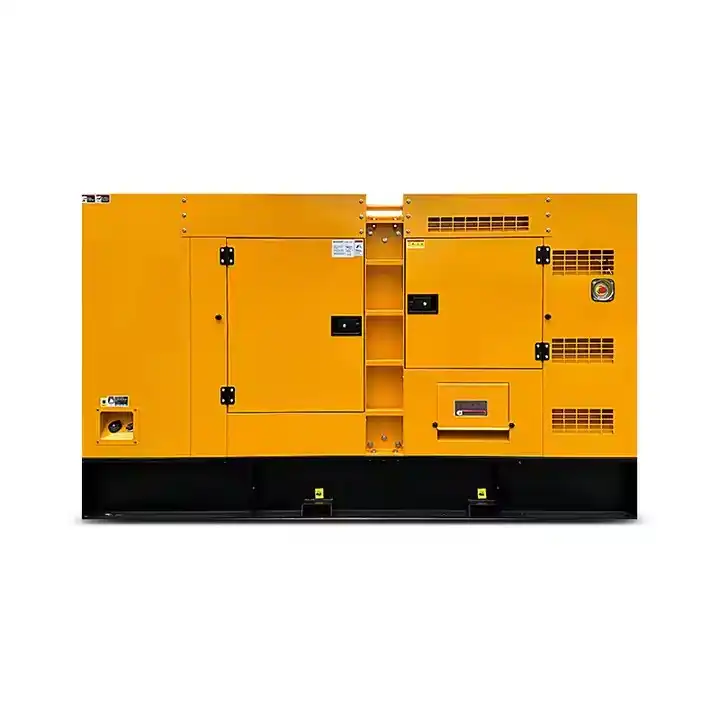 VIEW MOREDiesel Power Generator
VIEW MOREDiesel Power Generator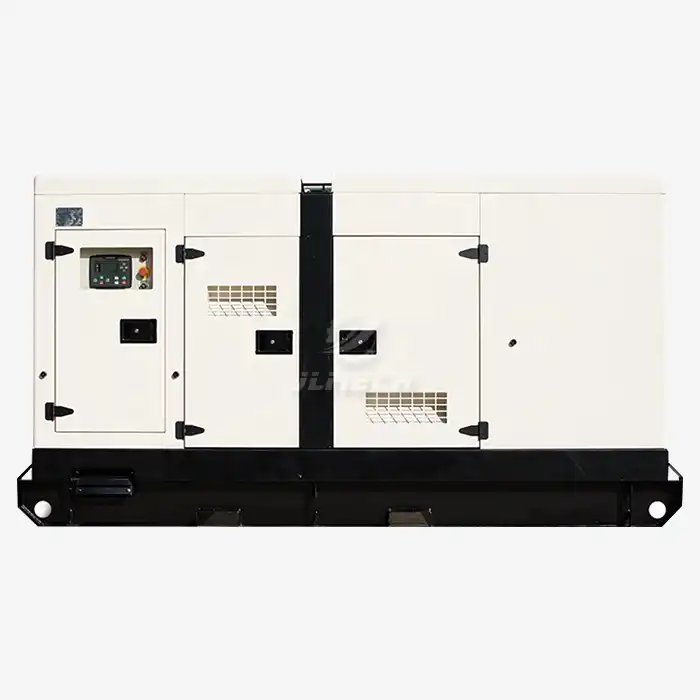 VIEW MOREDiesel generators used in hospitals
VIEW MOREDiesel generators used in hospitals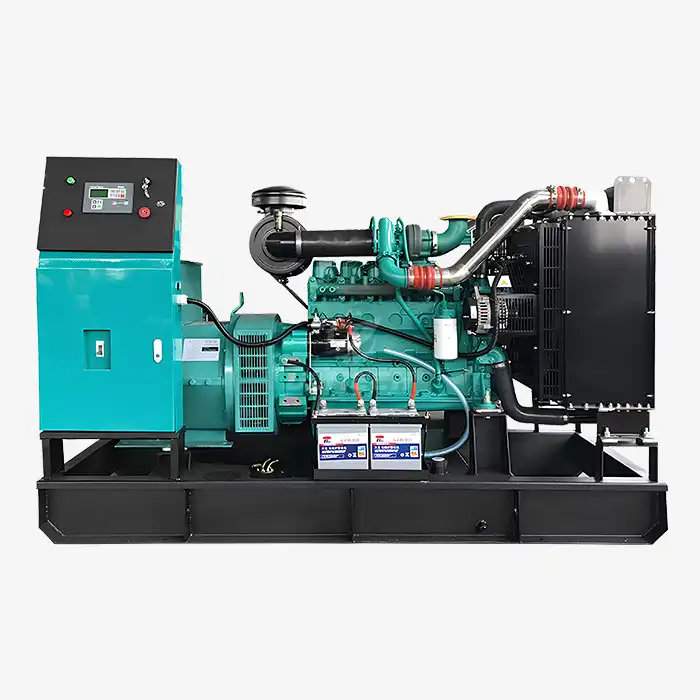 VIEW MOREpower generator diesel
VIEW MOREpower generator diesel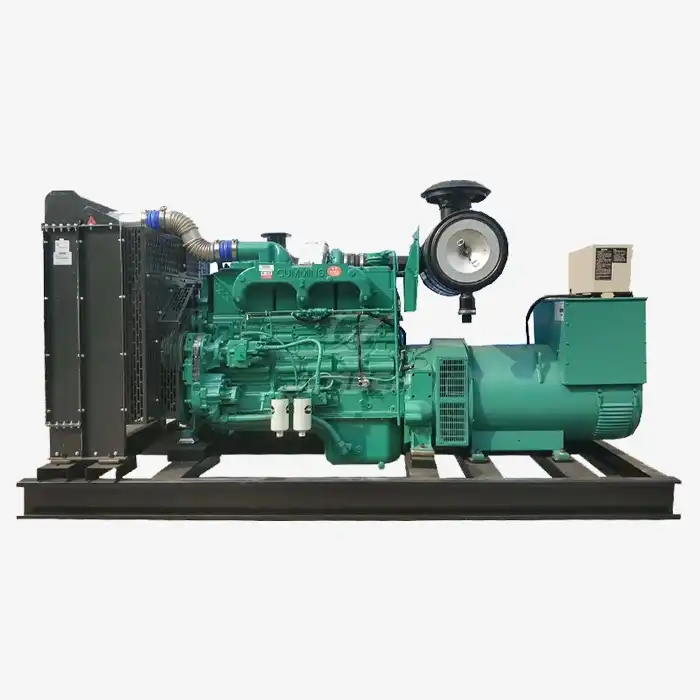 VIEW MORE50 kva diesel generator open type
VIEW MORE50 kva diesel generator open type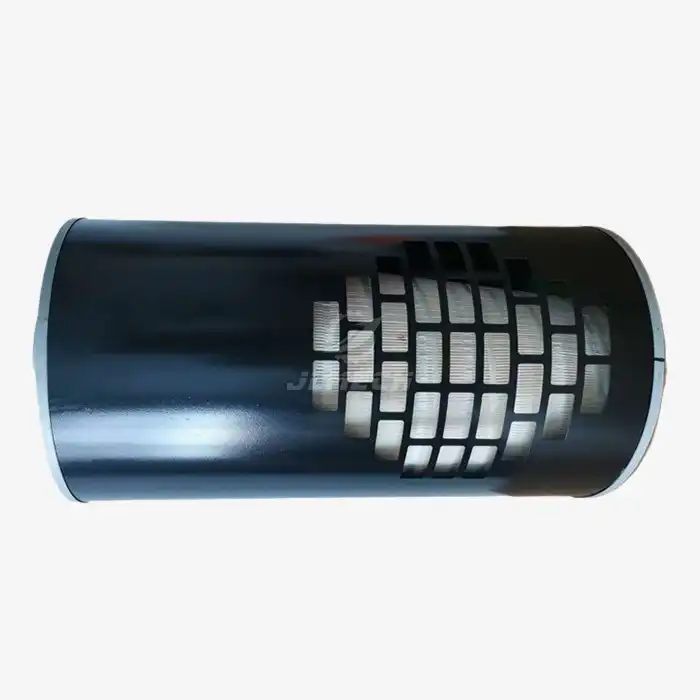 VIEW MOREfilter element of air filter
VIEW MOREfilter element of air filter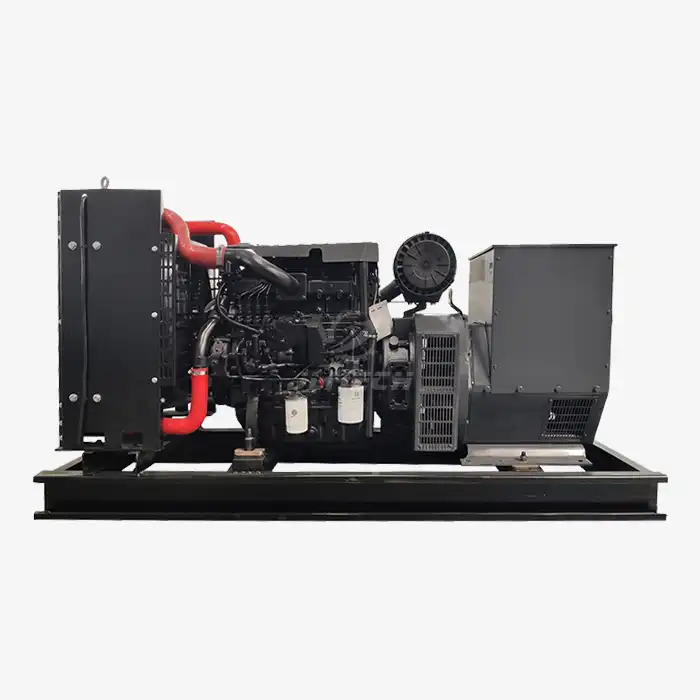 VIEW MOREweichai diesel generator 33kva
VIEW MOREweichai diesel generator 33kva



